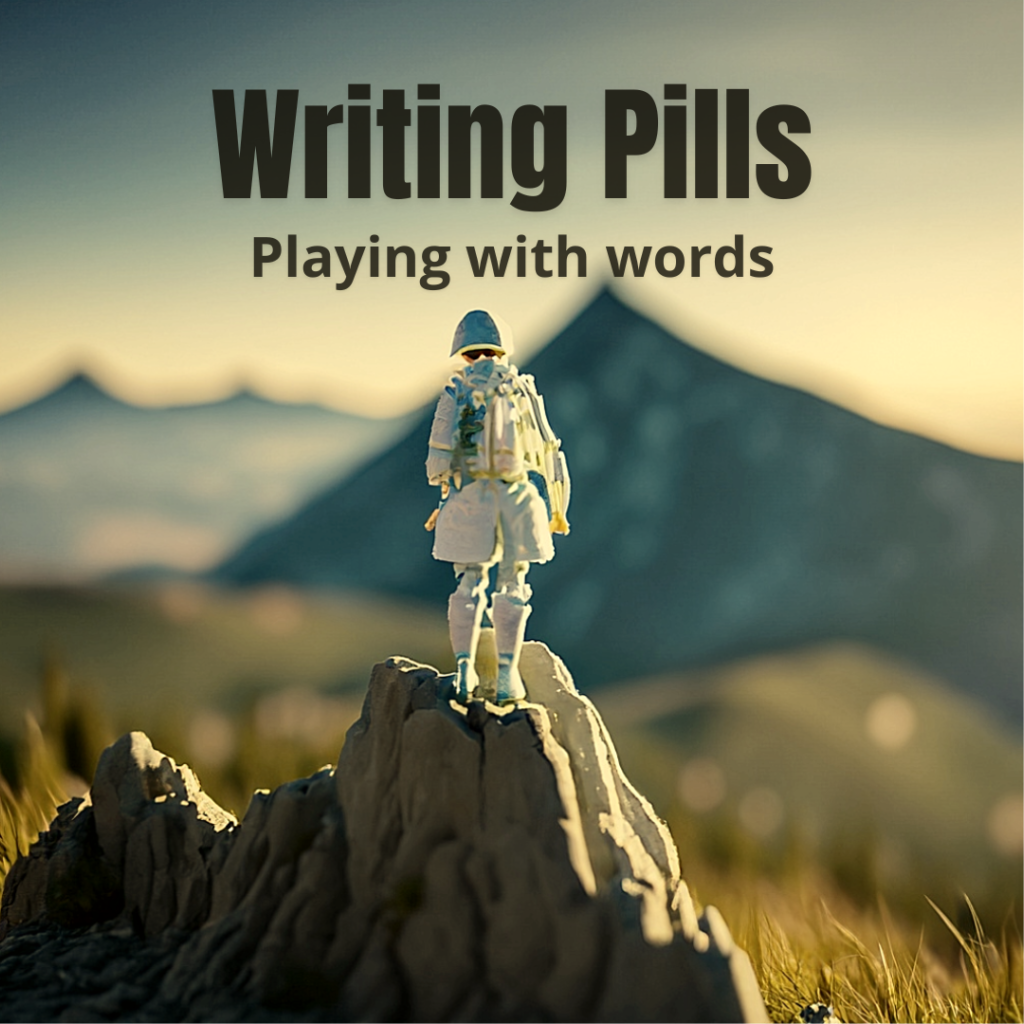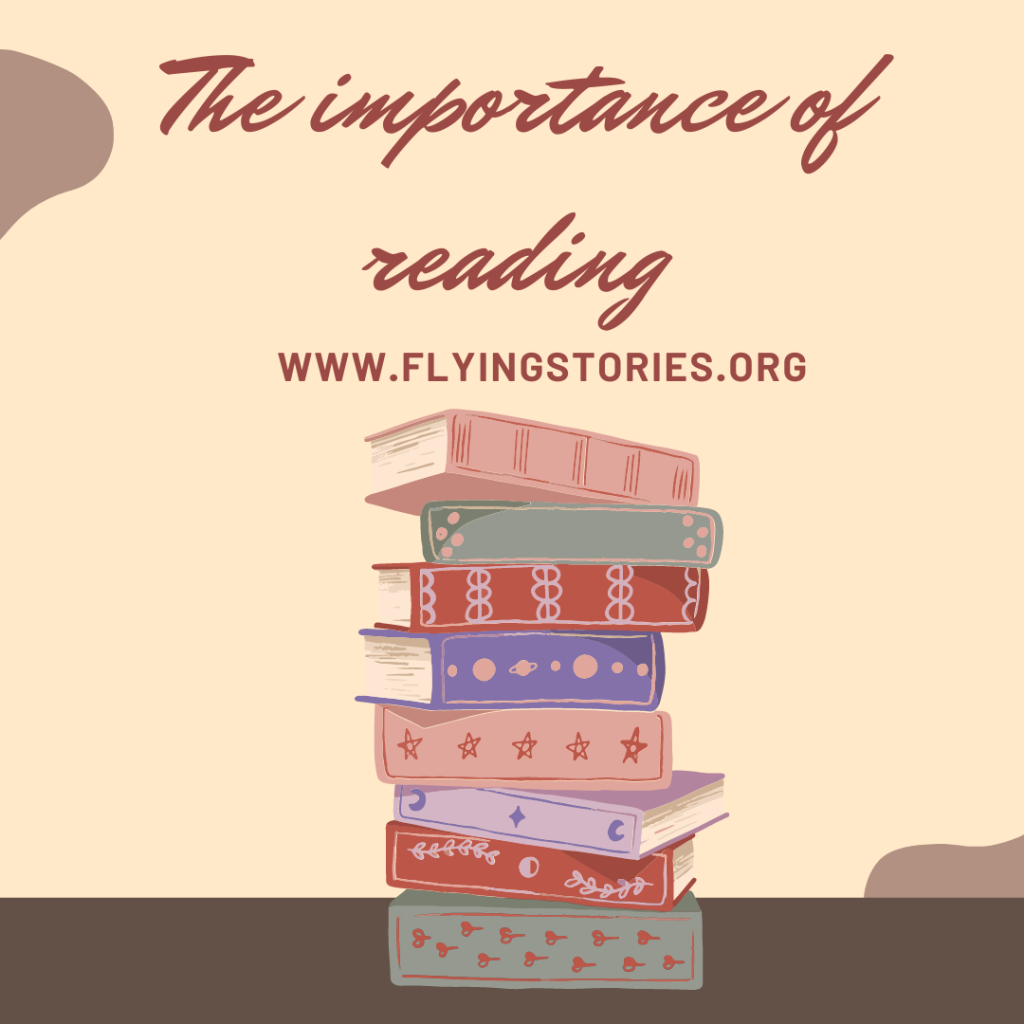Let’s play with words!
There’s nothing like playing with words
Now, we speak about words. The most challenging part of writing a story. In the beginning there is… well, the beginning. So, how to go over this first scary step? Choosing the right words and settle with the right idea.
Snowflake
Yes, the snowflake method was one of the most helpful methods I’ve ever tried as a beginner. You have a story in mind and that story is nothing more than some vivid sensations and a bunch of perfect phrases you noted. But that’s not enough, clearly.
What happens next?

Most of the time, what happens next is you staring at a blank page. It seems you have everything in hand to start, but the key doesn’t turn, and the engine is stuck. You check the gasoline (ideas) and discover the tank is full. So, what’s the problem? Let’s open the hood of the car, shall we? Hm, that’s the issue, right there, you’re missing all the cables that connect the engine to the car. That’s why it wasn’t responding when you turned the key.
Let’s find the cables
The cables are easy to find. We just need to put them in the right place. Let’s leave the car similitude for a moment. For example, the best place to start is to write down in 15 words what is your story about. Suddenly, you realize you didn’t think it through. Your story is somewhere in your head, but it isn’t clear. Not having a straightforward plot in mind from the beginning is why you cannot move from your parking spot (oh, I’m back to the car simile).
Play with words
We all know how difficult it is to write an entire story in 15 words. Too many things are missing! Plus, you have to write it in a way that sounds interesting to a reader and seems even more complex. I can tell you two of my favourite exercises to improve your 15-words writing:
- read as many movie descriptions as you can and try to describe movies that you know by heart;
- try to write epitaphs about people you knew or famous people.
For example, this is how Forrest Gump is described in Britannica.com:
“Forrest Gump, American film, released in 1994, that chronicled 30 years (from the 1950s through the early 1980s) of the life of a intellectually disabled man (played by Tom Hanks) in an unlikely fable that earned critical praise, large audiences, and six Academy Awards, including best picture.”
How you can make it in 15 words?
The chronicle of 30 years of the life of an intellectually disabled man (1950s- 1980s).
Yet, there are a lot of things missing. And, this is precisely my point. Now you need to add. Divide this 15-words-description into 4 parts (beginning, development, middle, finale).
- Forrest is an intellectually disabled child who discovers he can do some extraordinary things.
- Forrest goes to war, understands he loves one girl and loses his best friend, Bubba.
- The girl he loves continues to escape from him. Forrest is lucky and becomes a millionaire.
- The girl he loves finally returns, they have a child together and then she dies.
I know what you’re thinking: “where is the bench, that famous beautiful bench?”
Nowhere in sight, for now, but the exercise isn’t finished here. We need to make each part of the story divided into 4 phrases, 15 phrases long at a time. In this way, we can start speaking about him sitting on a bench and chatting to a stranger, about his disabilities and his single mum believing in him, and his crush on Jenny. Step by step, your story starts to be interesting.
What’s next?
Start doing some exercises, put some ideas together and write your famous first 15 words. Your story will start growing on an excellent base.
If you want to have a look to my style, start reading my stories here and I look forward to receive some of your best comments down the page.
If you’re interested in reading more about writing, find more in the page writing in pills!
Why is so important to read?

Reading is crucial because it improves the way you focus, your memory and your communication skills. Here at Flyingstories, we like to write free stories that can entertain you and help you learn Italian or English. You can change the website’s language any time you want, just by clicking on the flag. In this way, you can read stories for free in Italian and English.
Do you think you’re not ready for a long story like Go back to the future or Souls Alive? Please feel free to read our short stories in Italian and English!
This article is written by the storyteller and copywriter Daniele Frau.